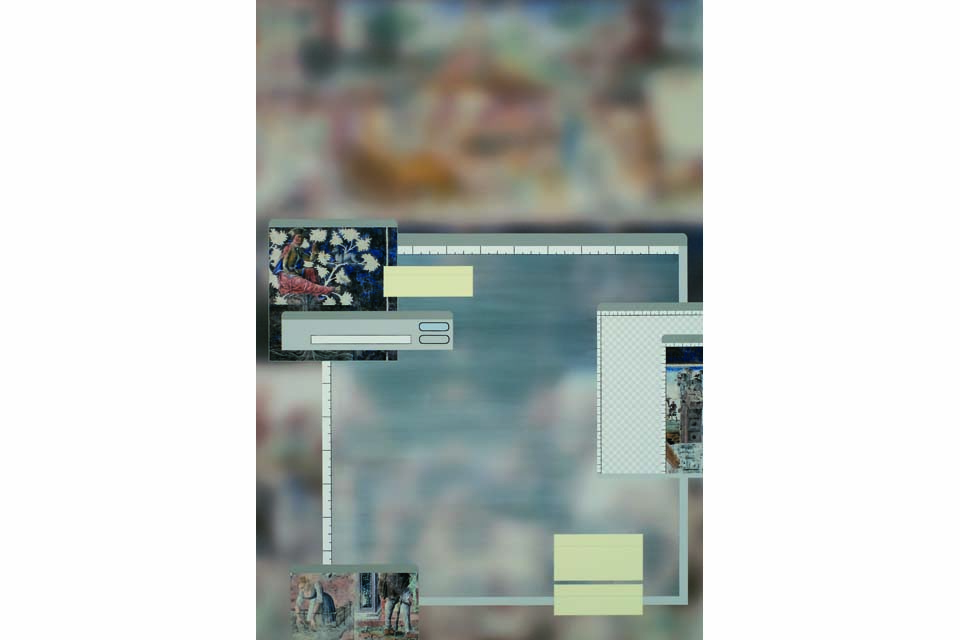
Wo ist? Souvenir Galatina, 2020, oil and mixed media on jute, cm 100 x 90. Photo F. Rucci

Second Life, 2023, oil and acrylic on canvas, cm 90 x 60. Private Collection, Milan. Photo F. Rucci

Das Mädchen in der Straßenbahn, 2023, oil on canvas, cm 50 x 35. Photo F. Rucci

A lezione, 2022, oil and acrylic on canvas, cm 50 x 70. Photo F. Rucci
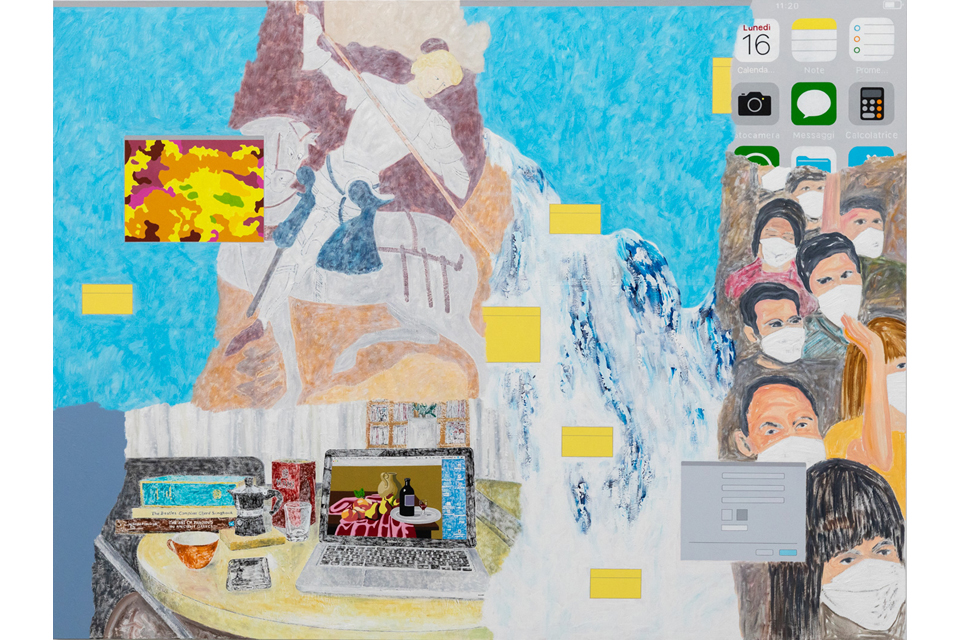
C'era una volta Levissima, 2014-21, acrylic and oil on canvas, cm 150 x 200
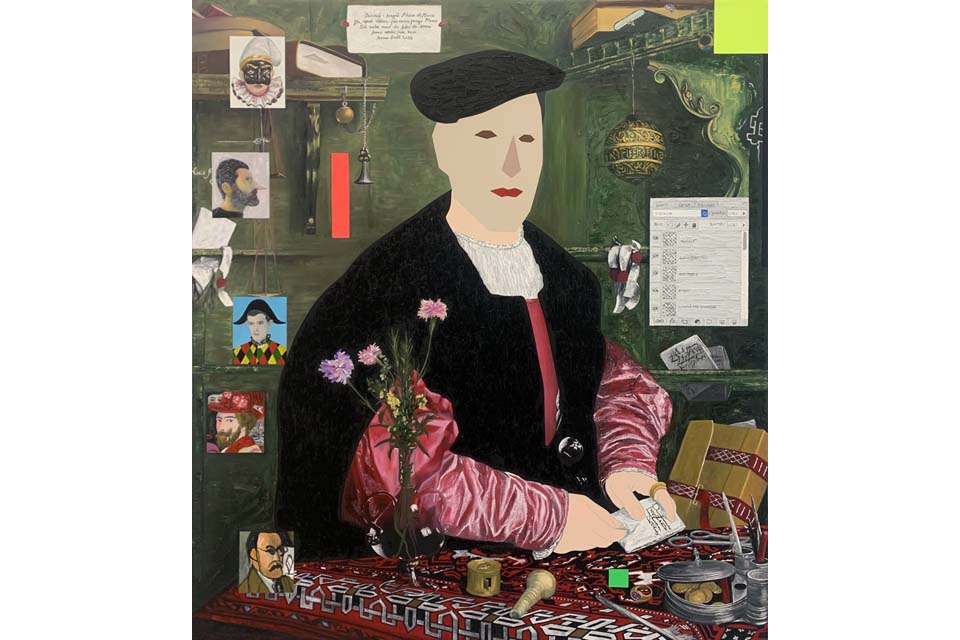
Autoritratto nelle vesti di Georg Gisze, 2022, oil and acrylic on canvas, cm 96.3 x 85.7. Courtesy Mambo, Bologna

Inserisci codice, 2021, oil, spray and petals on canvas, cm 30 x 40. AmC Coppola Collection. Photo F. Rucci

Natura morta con mascherina, 2020, oil, acrylic and spray on canvas, cm 50 x 70. Photo F. Rucci

Natura morta con iPhone e laptop (Atene/Otranto), 2020, oil and digital print on canvas, cm 30 x 40. Photo F. Rucci

My Guitar, Athens and Savile Row, 2020, oil and digital print on canvas, cm 30 x 40. Photo F. Rucci

Immanuelkirch Strasse, 2020, oil and digital print on canvas, cm 30 x 40. Photo F. Rucci

Lo strano incontro di Mr. Hamilton e Mr. Zorzi in un vagone della DB, 2020, oil and acrylic on canvas, cm 30 x 40. Photo F. Rucci

Natura morta con mascherina, 2019, oil and acrylic on canvas, cm 50 x 70. Photo F. Rucci
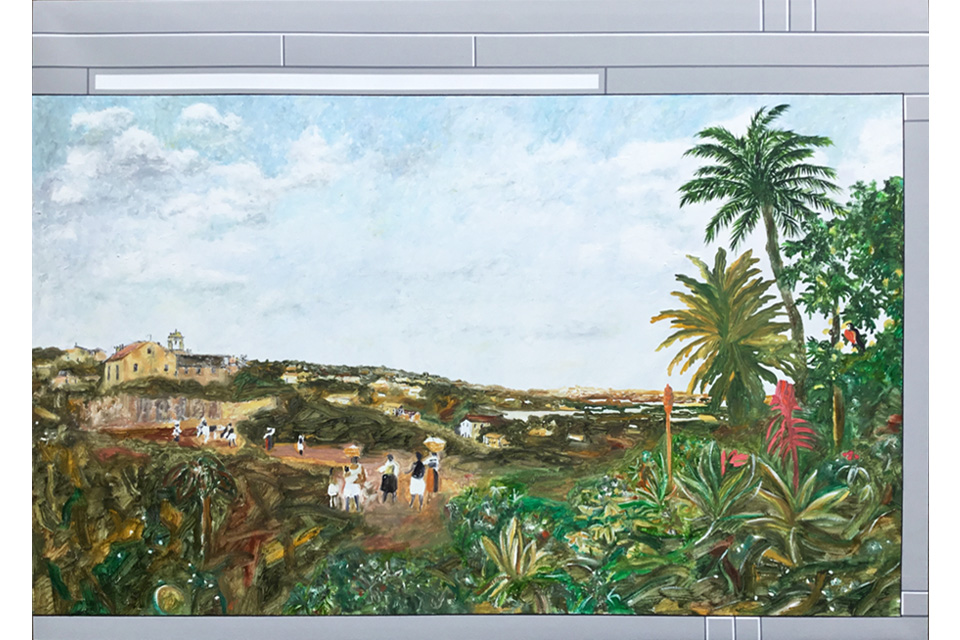
Paesaggio (Post), 2019, oil and acrylic on canvas, cm 50 x 70. Photo C. Marini
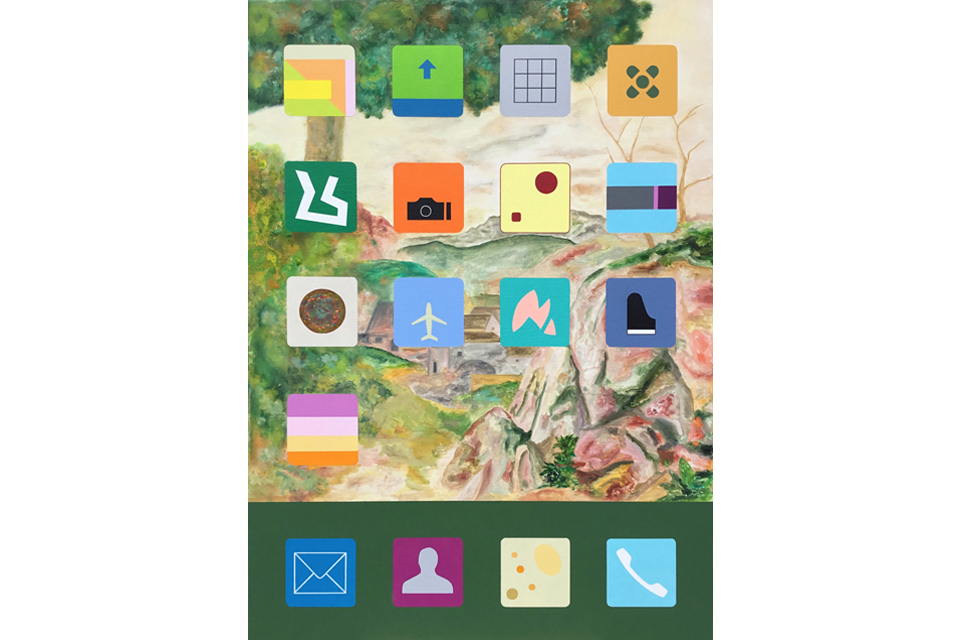
Paesaggio (Lotto), 2019, oil, acrylic and spray on canvas, cm 70 x 50. Photo C. Marini
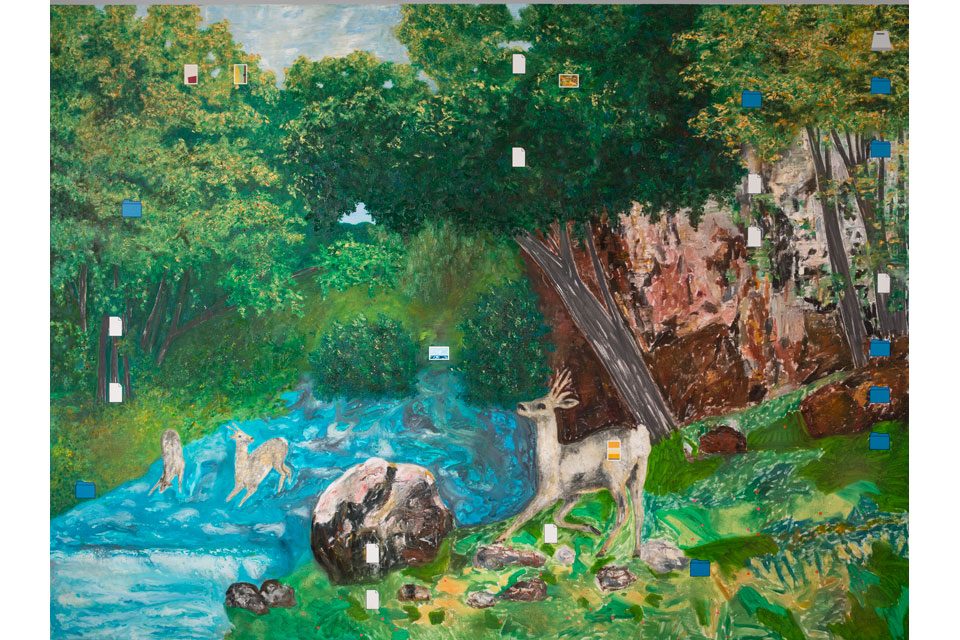
Paesaggio (Courbet), 2018, oil, acrylic and spray on canvas, cm 194 x 260. Private Collection, Milan. Photo C. Marini
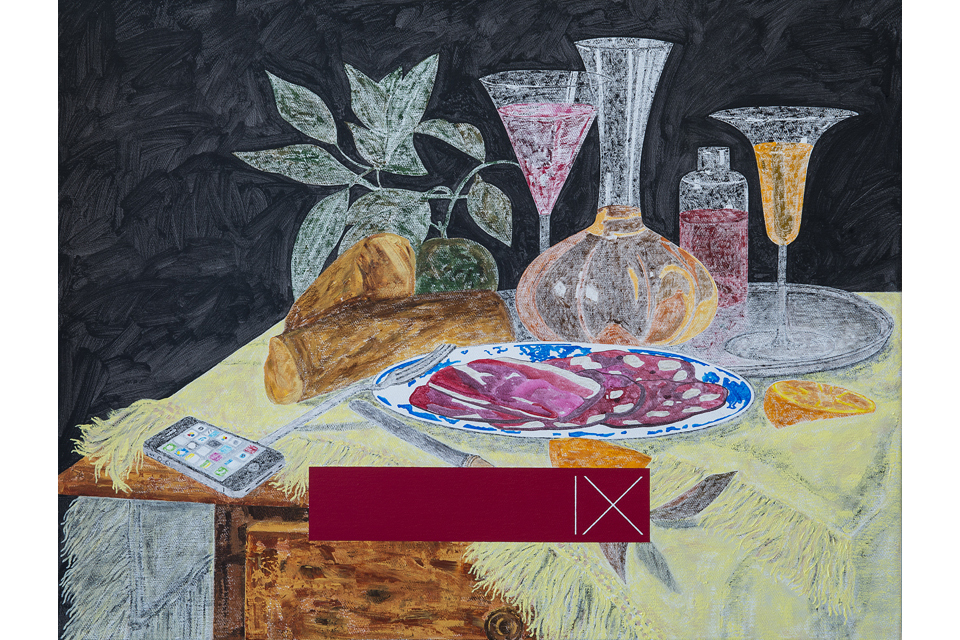
Souvenir Schifanoia (luglio), 2017, acrylic and digital print on canvas, cm 152 x 106. Artus Collection, Londo. Photo C. Marini
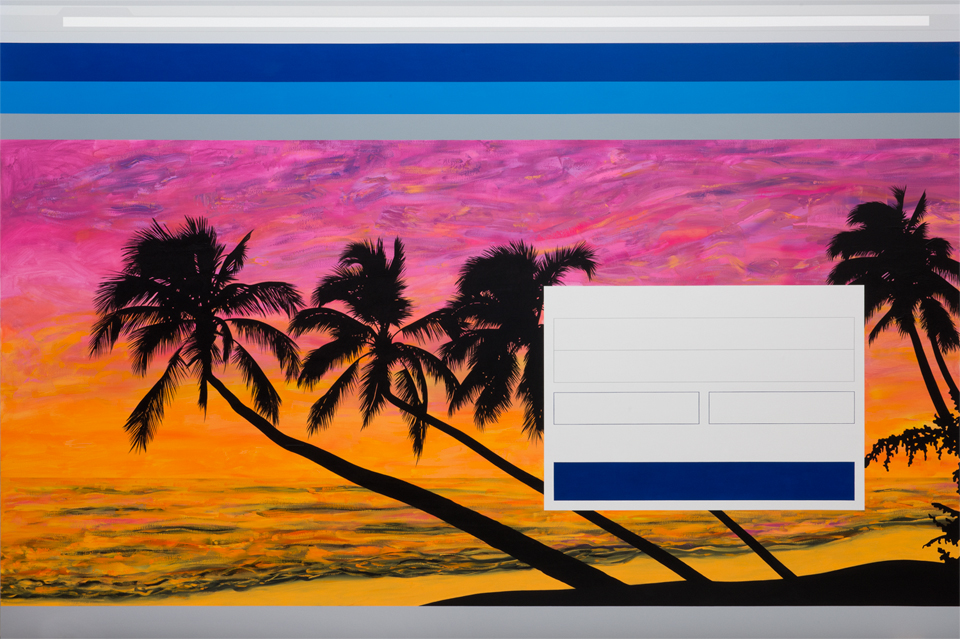
Paesaggio (Ryan Air), 2016, acrylic and spray colour on canvas, cm 200 x 300. Photo C. Marini
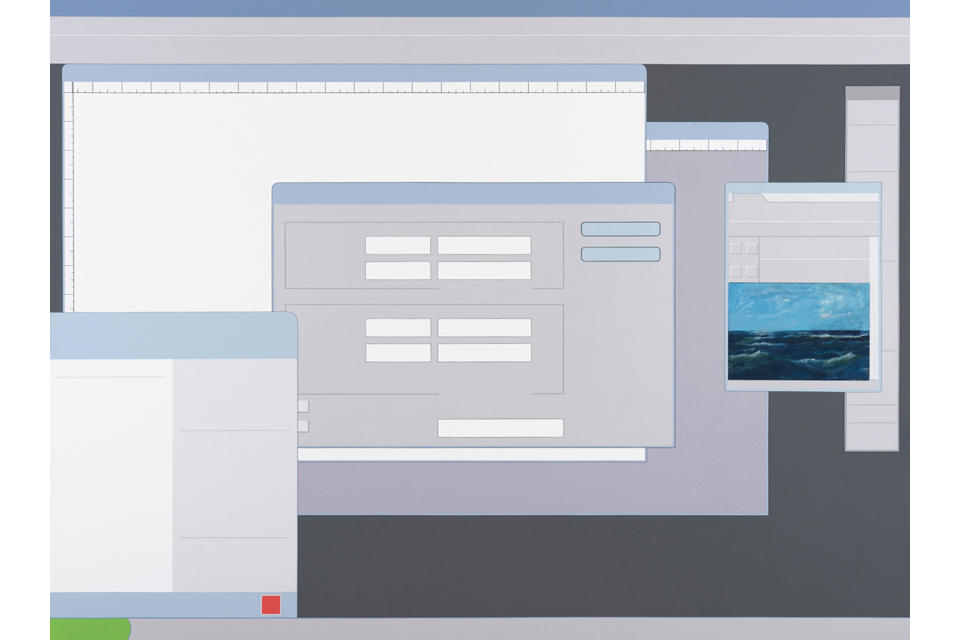
Paesaggio, 2007/2016, acrylic on canvas,
cm 180 x 240. Photo C. Marini
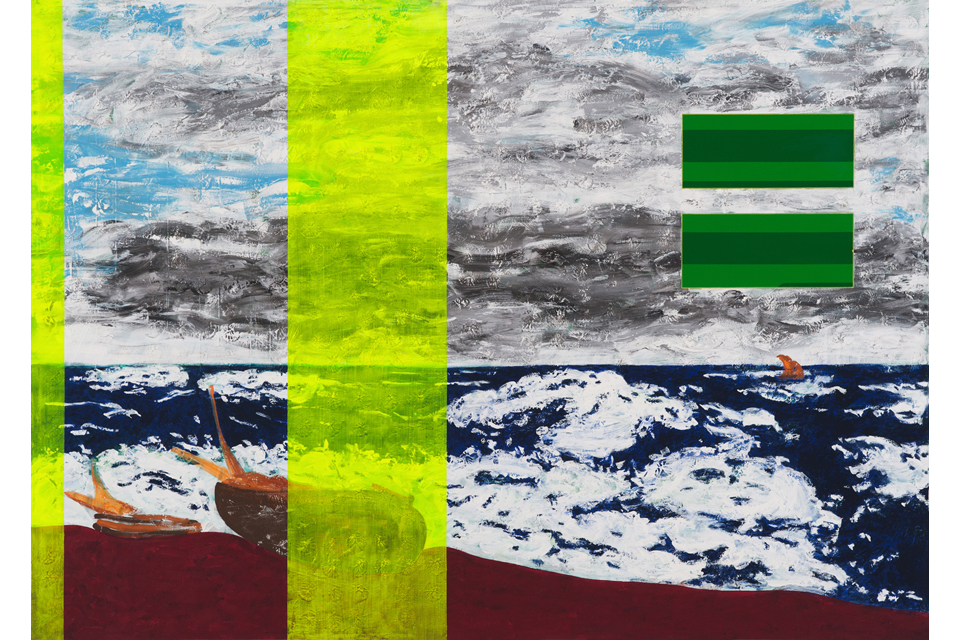
Paesaggio (Courbet), 2000/2016, acrylic on canvas, cm 140 x 100. Photo C. Marini

Paesaggio (Marmolada), 2015, acrylic on canvas, cm 150 x 200. Photo C. Marini
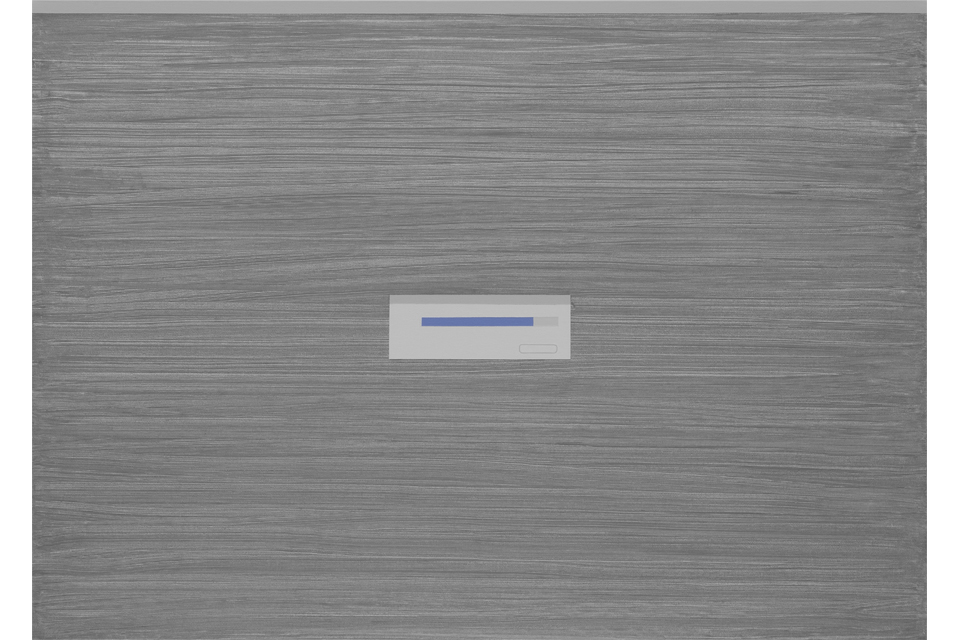
Paesaggio (Mercurius), 2015, acrylic on canvas, cm 50 x 70. Private collection. Photo C. Marini
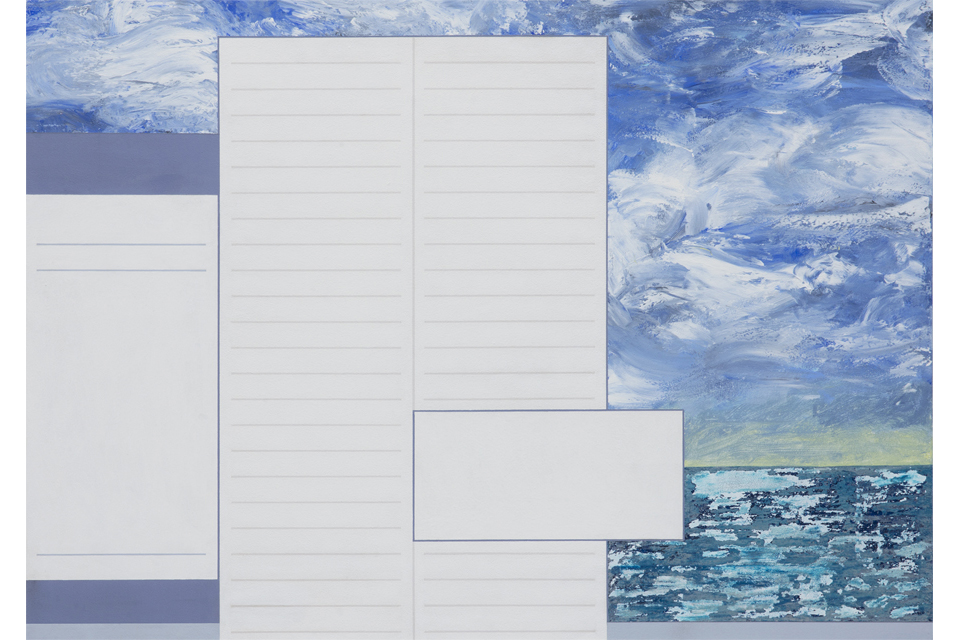
Paesaggio, 2008/2014, acrylic on canvas,
cm 50 x 70. Photo C. Marini
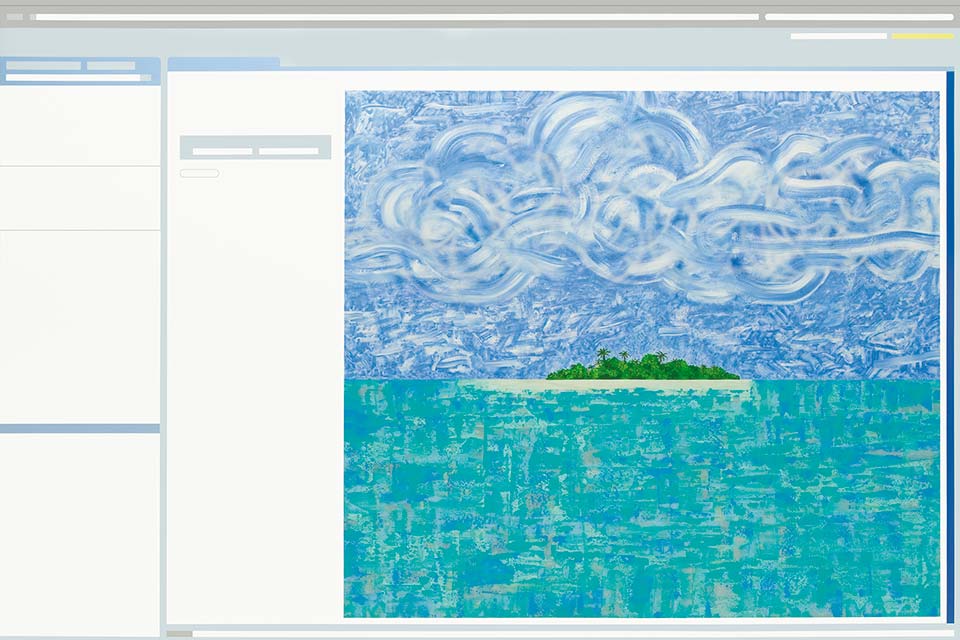
Paesaggio (isola di Stella), 2013, acrylic and spray colour on canvas, cm 200 x 300. Courtesy Galleria nazionale d’arte moderna, Rome. Photo C. Marini
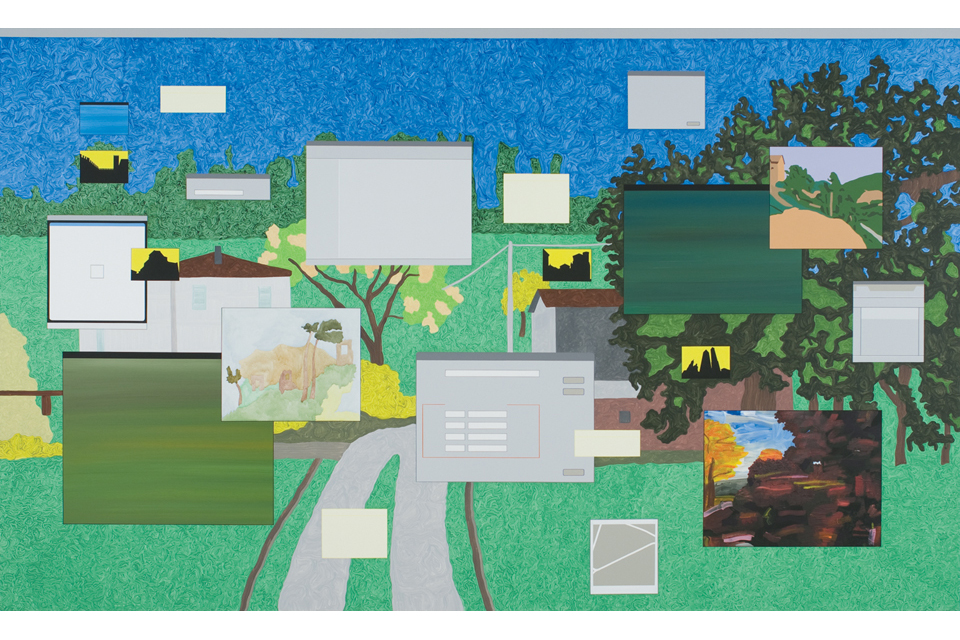
Paesaggio con veduta (Bologna I), 2009, acrylic on canvas, cm 180 x 298. Courtesy Collezione Maramotti, Reggio Emilia. Photo C. Marini
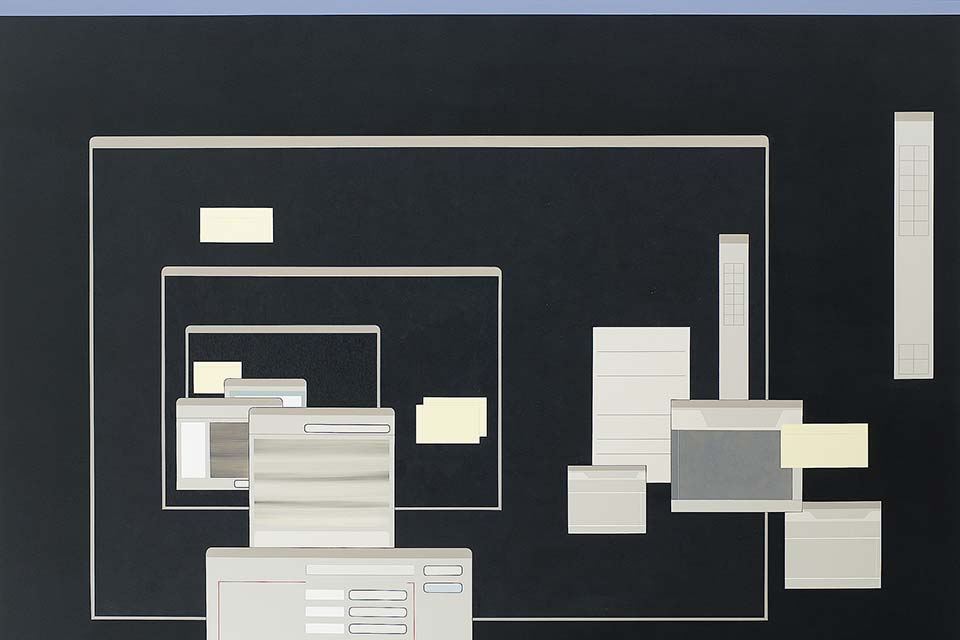
Paesaggio, 2008, acrylic on canvas, cm 150 x 200. Simmons & Simmons Collection, London. Photo C. Marini
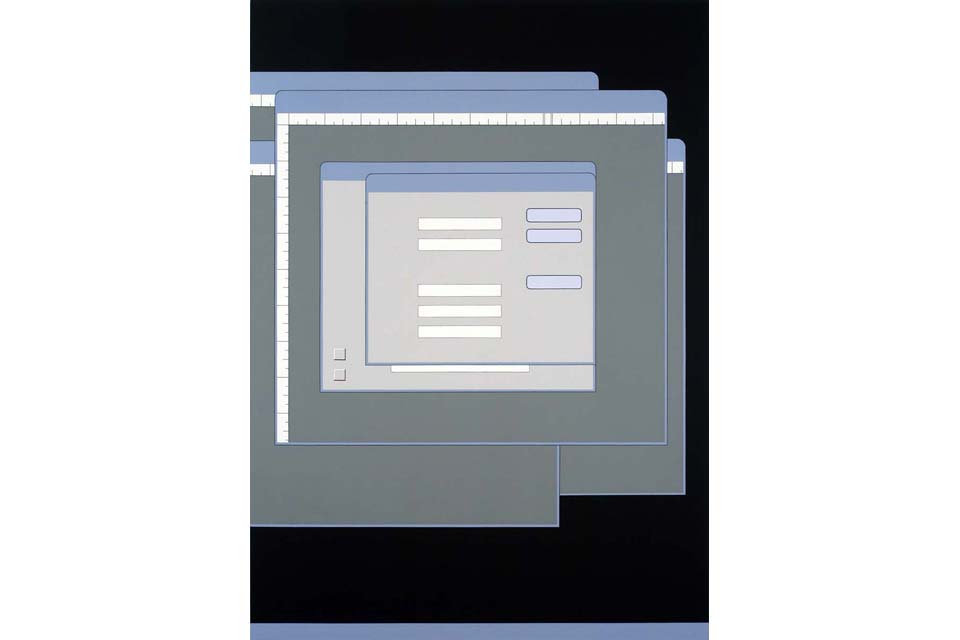
Paesaggio, 2006, acrylic on canvas, cm 140 x 100. Evans Collection, London. Photo C. Marini

Paesaggio, 2005, acrylic on canvas, cm 140 x 100
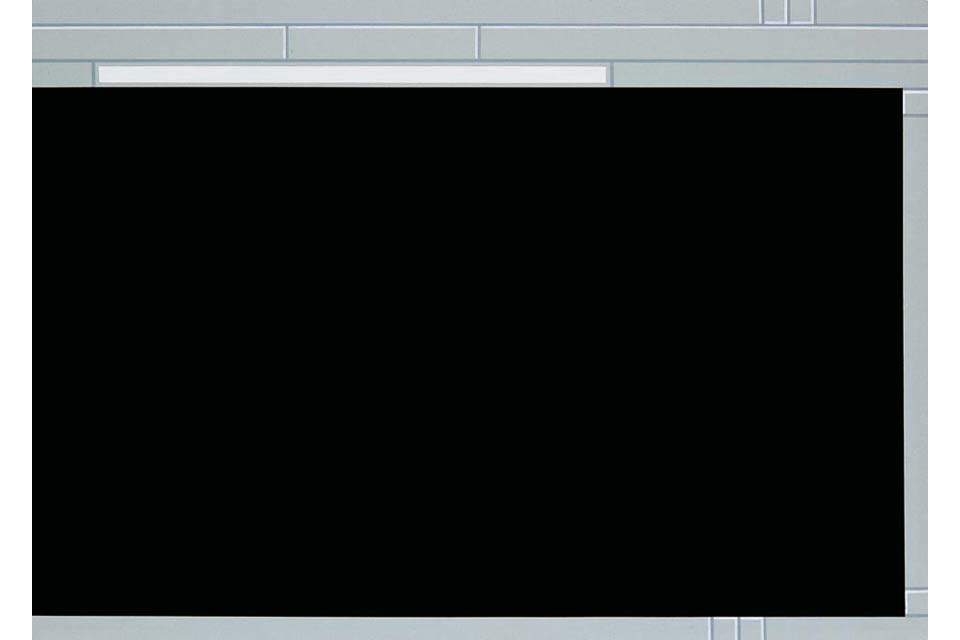
Spazio pubblico privato pittorico (Paesaggio), 1999, acrylic on canvas, cm 50 x 70. Photo C. Toller
Previous
Next
Italian painter Flavio de Marco (Lecce, 1975) reflects on the contemporary world as a place where our vision is filtered through omnipresent screens and standardized images. He utilises the computer screen as a frame to depict today’s world and investigates this virtual space as a new model for painting: the flat and immaterial horizon of the screen replaces a three-dimensional reality with which the language of painting has always been challenged. The physical depth created by Renaissance masters vanishes, replaced by transitory two-dimensional images, with windows opening onto each other, compressing the space into close-range viewing on screen – the precariousness of a world reduced to a digital existence.
In 1999 Flavio de Marco began painting series of black and gray software screens, a geometric skeleton of empty frames on canvas, something to look at rather than use, a landscape of the 21st-century. Over the years, images began to appear inside De Marco’s computer screens, inspired by ads and touristic representations: “fast-landscapes”, an oversimplified vision of our planet that can be reached through a simple mouse click. These schematic images meet the legacy of art history, which arises from the variation in techniques and motives used by De Marco, a patchwork of artistic references evoking a kind of “photoshop for painters”. His works also have either a colored vertical bar – the error marks of a printing machine – or a gray stripe at the top of the frame, the command bar of a computer. A reminder of our projective and disembodied experience of the world.


























